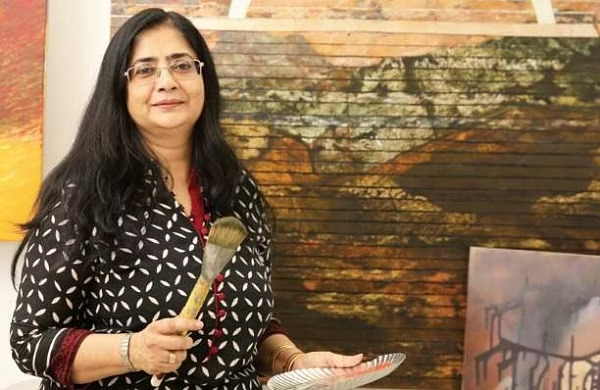“To choose a human being as a subject comes naturally, and to choose a woman even more naturally because that’s the form I relate to.” – Vasundhara Tewari Broota.
Vasundhara Tewari Broota is an Indian painter born in Kolkata in 1955 and moved to New Delhi when she was fifteen. After an initial stint studying law, she moved to literature. She later studied art at Triveni Kala Sangam in Delhi under the tutelage of the artist and her future husband, Rameshwar Broota.
Celebrated as one of India’s finest contemporary figurative artists, Broota has participated in prestigious exhibitions around the world, including ‘Contemporary Indian Art’, Tokyo (1984); the first biennale at Bharat Bhavan, Bhopal (1986); the second biennial of Havana International Exhibition of Contemporary Art (1986); the sixth International Triennale India, New Delhi (1989). In 1987, Broota’s work was selected for the exhibition, ‘Indian Women Artists’ at the National Gallery of Modern Arts, Algiers, and the Festival of India in Russia. A recipient of several awards 1992, she co-directed Shabash Bete with Rameshwar Broota, a film screened at Oberhausen Short Film Festival in Germany.
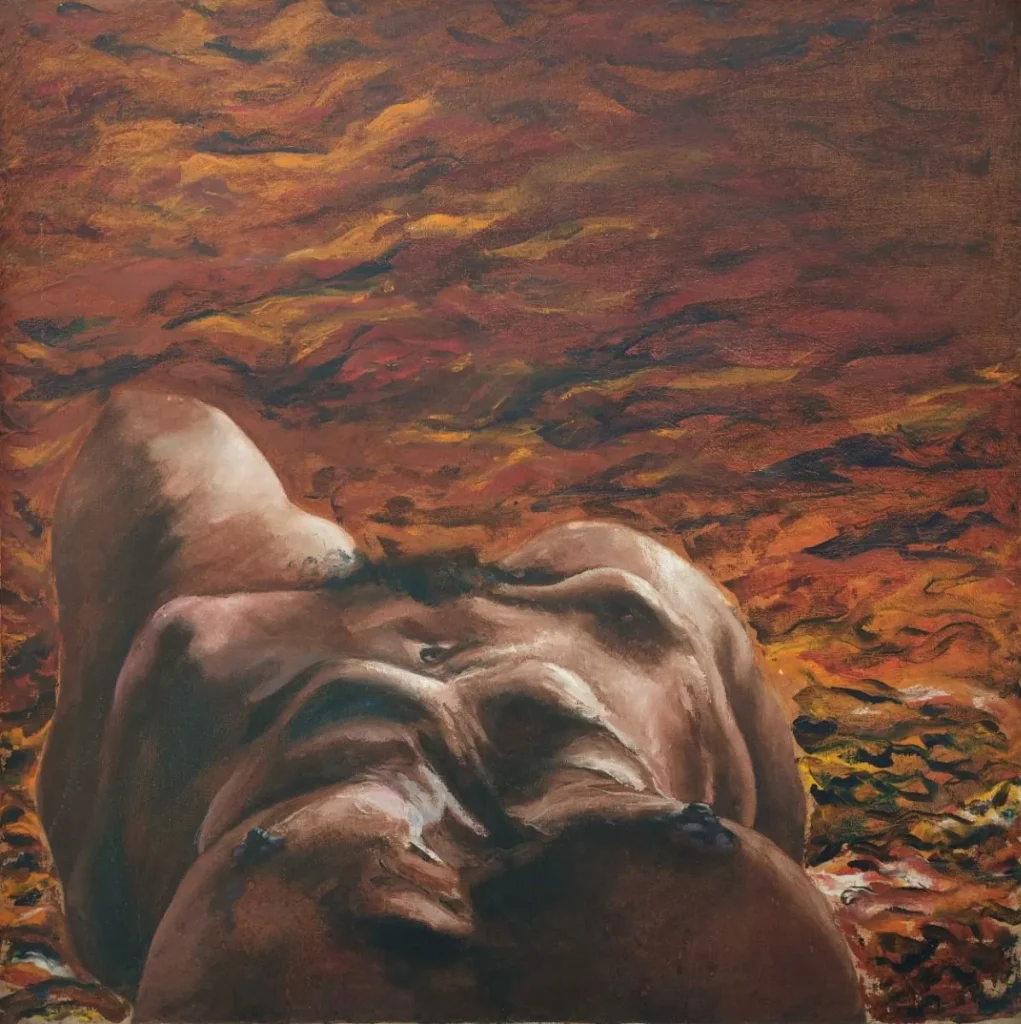
Renowned for her depictions of the female form, Broota first drew attention for her sensitive mixed media work. She interpreted the female nude not as an object of desire or artistic muse but as an empowered agent in the relentless search for her independent individuality. Broota’s work created controversy in the Delhi art scene in the 1980s for dealing with the then-taboo subject of nudity.
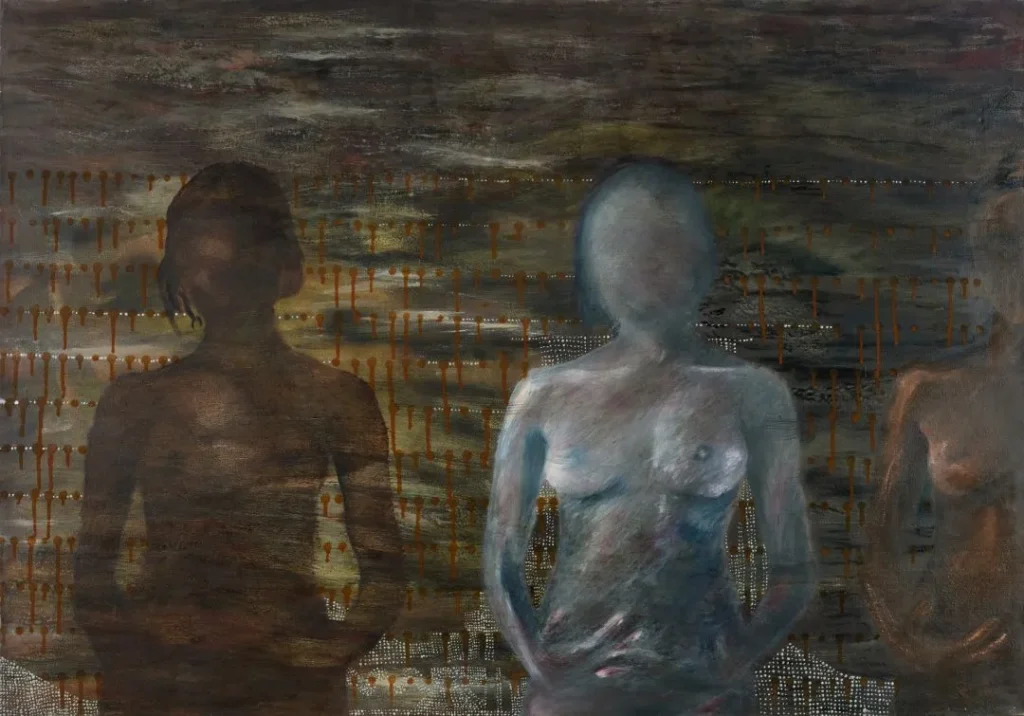
The nude as a form has been engaged with since time immemorial. Even though several male artists were painting the female nude form during the same time, Broota, her work stands unique in presenting the female form as a subject rather than an object, as is the case with the male artists. She argues that her artistic sensibilities were more interested in expressing her interior world that could not be seen.
This is precisely why she grew wary of realism early, finding the mode banal for its preoccupation with the exterior – that which can be seen. And therefore, her practice hinges on abstractions that allow her to communicate universal femininity. The faceless nude figures in the above painting stand against a dreary background with dots resembling dripping blood. They reveal the unjust lives, silenced histories, and individualities of countless women worldwide.
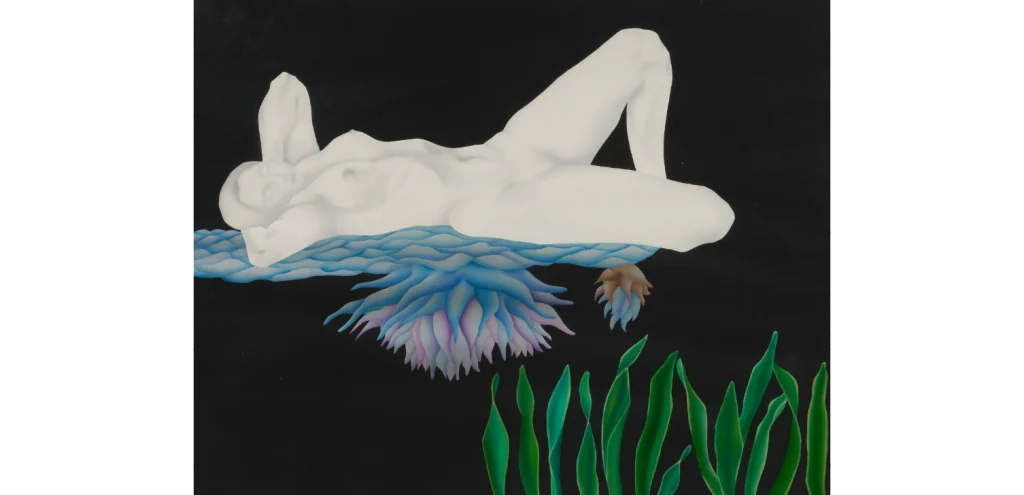
Broota’s use of colour and technique produces enigmatic images that captivate the viewer and allow them to share the brooding silence of the nude figures. In Presence, I, a robust female figure, rests on a strange ecological structure. There is a certain elegance and comfortability in one’s singular Presence, a presence that needs no other, especially a male other. What is intriguing and speaks for Broota’s brilliance is that the power of the feminine is exhibited through restfulness rather than action. Often, we assume that the accurate marker of one’s passion lies in one’s efforts. Still, Broota displays that the capacity to withdraw and embrace solitude can be a vital marker of one’s independence and strength. In addition to these ideas, the stark contrast defining the colour palette bewitches the spectator.

Broota’s nude figures display strength and confidence while often addressing the several socio-political contexts within which the human is embroiled. Why should ‘man’ be emblematic of the universal human figure? To and Fro is an excellent example of such intellectual excursions. Made in 2009, the painting presents the dualities plaguing the contemporary world. A silvery nude female figure navigates her path determinedly, moving with the natural world.
Conversely, conjoined to her feet is another male figure in the dark going against nature, an ambassador of the modern world. Do the opposing directions and dimensions of the two figures point to the irreconcilability between the forces of nature and the human aspirations to transform the world? Is Tewari suggesting that the female figure stands for the character while the male figure acts as the harbinger of modernity?
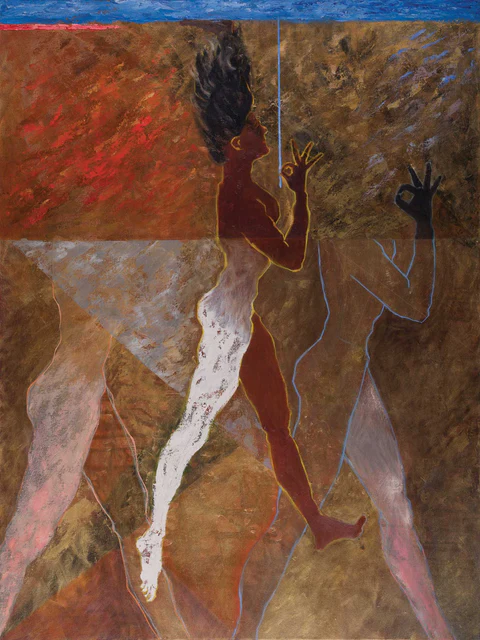
Though she agrees that her preoccupation with the female figure stems from her subjectivity, she has shown interest in exploring masculine subjectivity. In Broota’s hands, the nude becomes an agentive force communicating feminine subjecthood. While not denying the influence of the sexual, Broota’s paintings simultaneously try to liberate the concept of the nude from the sexualizing gaze of the artist and spectator. Like many other Indian women artists, Broota’s work has yet to receive the critical attention it deserves. One hopes that how she unravels the mysterious inner worlds of the feminine that find expression in her captivating abstractions will garner scholarly attention in the coming years.
References
- https://www.business-standard.com/article/beyond-business/images-of-assertion-107011301017_1.html
- https://dagworld.com/vasundharatewaribroota.html
- https://dagworld.com/media/codextblog/tmp/feature/SKM_C22621080613450.jpg
- https://www.vadehraart.com/artists/35-vasundhara-tewari-broota/
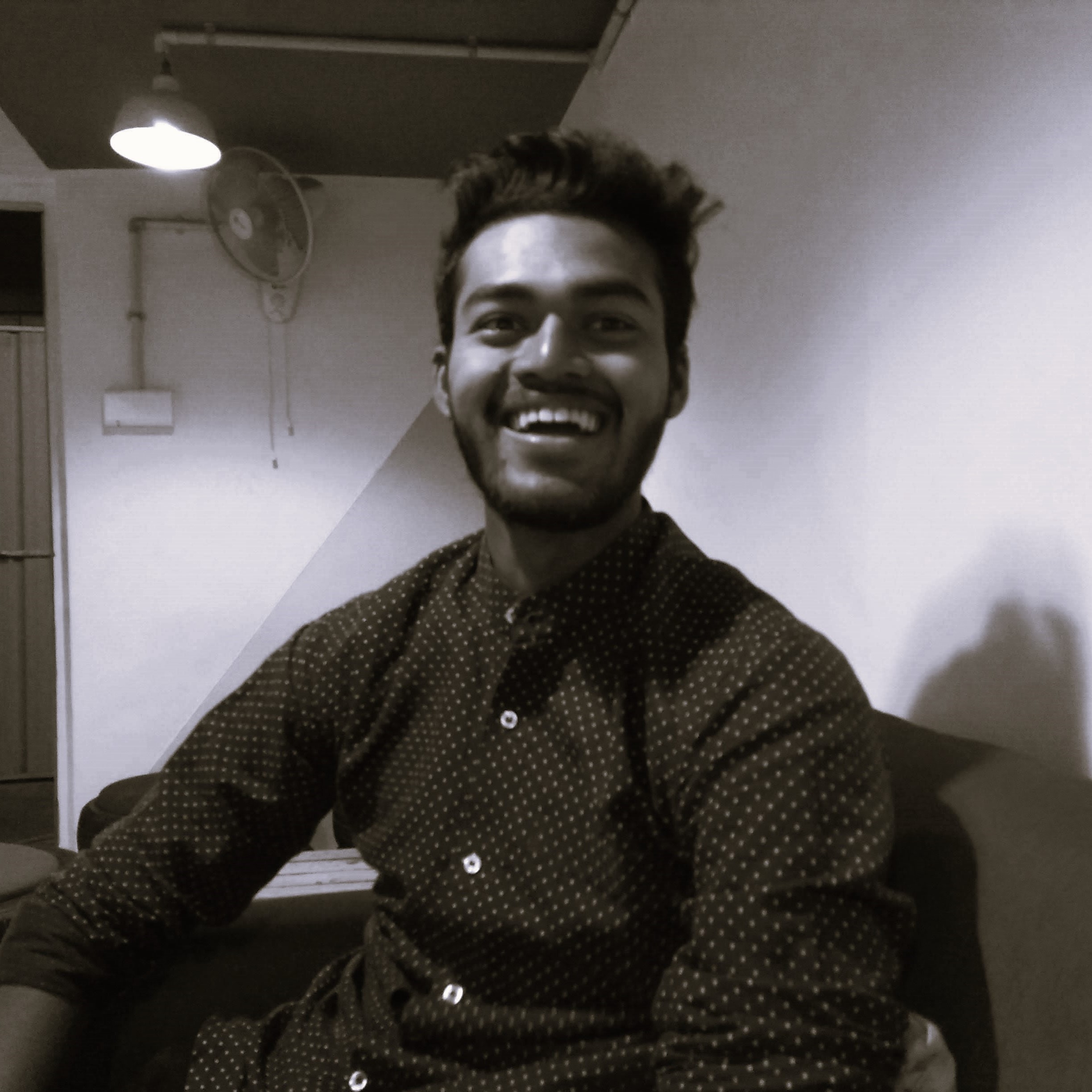
Contributor

